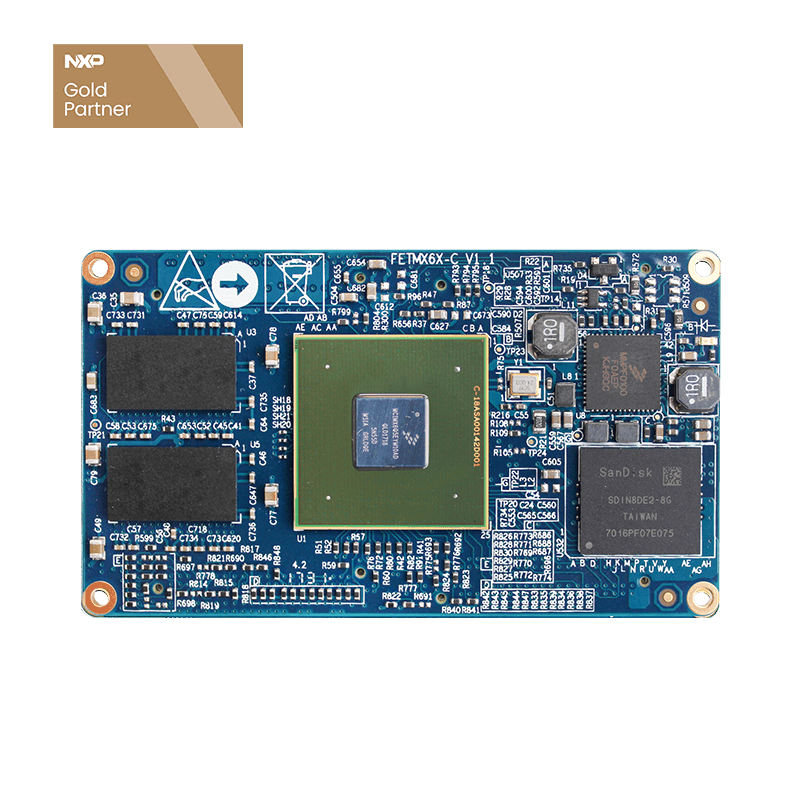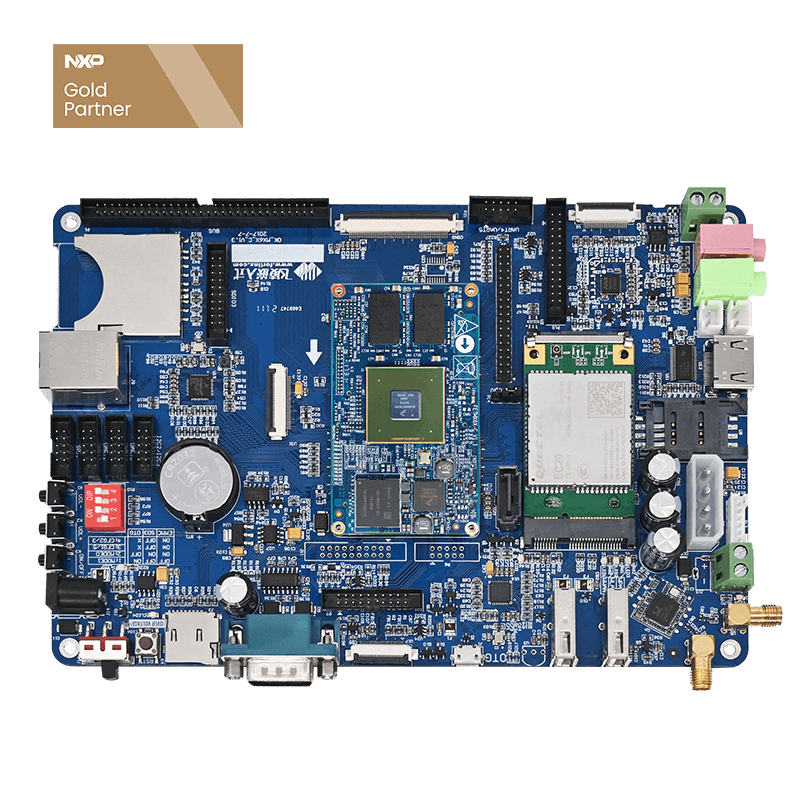
NXP i.MX6Q with Truck's Driving System
As vehicle ownership increases, we see news about traffic accidents from time to time, and most of these accidents are related to large trucks, which have become what many people see as "road killers". According to the Volvo Trucks Accident Research Group, 90 per cent of truck accidents occur more or less as a result of driving errors, such as a momentary distraction or misjudgment of the speed of the driver of the vehicle involved.
So is it possible to reduce this by some means?
As a result, various assisted driving systems began to enter people's view. For example, more advanced safety equipment and safety systems are available on trucks to improve driving visibility, achieve driving alerts, and more. Next, let's explain the help of assisted driving in several ways.
The anti-fatigue driver assistance system
From the statistical point of view, fatigue driving is often the biggest safety hazard in transit, the best way to solve it is to ensure rest, but the driver on the road, due to various practical problems can’t be timely full rest. At this time, the anti-fatigue driver assistance system if you can "thoughtful" accompany the driver, improve driving safety, is a very commendable software.
Anti-fatigue driver assistance system is an intelligent system used to track and record driver's driving behavior.
The system can detect driving characteristics that occur when the driver is sleepy or distracted, and if the system determines fatigue driving, the system will sound an alarm and display an alarm message on the display to alert the driver to safety and take a break.
The advantage of this feature is that it reduces the risk of accidents due to driver inattention or reduced fatigue driving alertness, thereby improving driving safety.
Lane Keeping System
Lane departure is one of the common causes of many traffic accidents, so lane keeping systems are in place.
The system monitors driving behavior and the position of the vehicle relative to the lane and road edges while driving.
It tracks road signs through a camera and alerts drivers when a vehicle accidentally crosses the line.
The main application area of this system is long-distance transportation on the highway, in which the truck is generally driving at a constant speed in a monotonous environment, the driver is prone to fatigue, distraction or lack of concentration, when the vehicle deviates from the lane, the system will promptly issue an alarm signal to alert the driver, thereby avoiding accidents.
Blind spot monitoring system
Due to the characteristics of large trucks, its blind area is very many, mainly on the left and right and behind, how to make the blind area grow "eyes", but also to assist driving is very important work. By installing radar and cameras on both sides and behind the vehicle, the driver can clearly understand the state of the blind area during driving, easily avoid potential risks, not only improve the comfort of the driver, but also improve the driving safety factor.
Remote monitoring of the alarm system
This system function includes: driving impact record, vehicle status monitoring, automatic storage of hazard video, alarm linkage function.
In today's big data era, these features provide clear and accurate basic data, unified management of all vehicle maintenance and repair records history, combined with the average fuel consumption, battery voltage, coolant temperature, engine speed and other information collected through the vehicle CAN bus, to achieve the fine management of the vehicle, eliminate safety hazards, reduce vehicle maintenance costs.
To choose an embedded motherboard based on the ARM platform that minimizes the size of the capabilities.
For example, with the Forlinx FETMX6Q-C core board solution:
|
Parameter Table |
|
|
CPU: NXP quad-core i.MX6Q |
Architecture: ARM Cortex-A9 |
|
Main frequency: 1GHz |
Memory: 1GB DDR3 |
|
Memory: 1GB DDR3 |
ROM: 8GBeMMC |
|
System: Android6.0,Android4.4.2,Linux 4.1.15+QT5.6,Linux3.0.35+QT4.8.5 |
|
The compact size of the entire board is only 40mm x 70mm, with four ultra-thin connectors with a height of 1.5mm and up to 320 PIN pins, leading out all the processor function pins. Not only equipped with Gigabit Ethernet, CAN-bus, camera, WiFi and Bluetooth and other mainstream interfaces, but also led to MIPI, MLB, EIMBUS, and other CPU-specific features;
Industrial-grade design ensures stable operation in harsh environments.



